By Lisa Graichen, Community Engagement Associate for the Great Bay National Estuarine Research Reserve (TCS Communications Subcommittee Member)
The Coastal Society welcomes its newest members of the Board of Directors: Caitlyn McCrary, Tiffany Smythe, Jolvan Morris, and Michelle Lennox. These new board members bring diverse expertise and enthusiasm for coastal management to the organization. Lisa Graichen interviewed each on behalf of the TCS Communications Subcommittee so that TCS Blog readers can learn more about these wonderful people, what they’re most excited about in the coastal management field, what some of their biggest coastal concerns are, why they decided to join the TCS board, and more!
Caitlyn McCrary (email)
Communication Specialist with NOAA’s Office for Coastal Management in Charleston, South Carolina
What has your career path been like leading up to where you are now?
So far, I’d say my path has been short. I’m still early in my career but I do think I’ve learned a good bit in getting where I am now. From undergrad I went straight to graduate school. I knew that bench science wasn’t for me, and I found a program that focused on the business and management sides of coastal science. From there, networking and taking advantage of the resources I had became key. I found alumni from my grad program working for NOAA’s Office for Coastal Management, reached out, and asked if I could be a summer intern. I incorporated that work into my master’s thesis and when I graduated, they created a position for me based on that work.
Do you have any career-related advice for folks working in the coastal management field?
Network! The saying “it’s all who you know” hits the nail on the head. That’s why organizations like TCS and going places to actually meet people are still so key. You can accomplish almost anything with a dedicated network of people working together.
What do you enjoy most about working in this field?
The feeling of making a difference. Helping our coasts reaches to so many other aspects of our lives. It’s amazing to be a part of that.
What are your biggest concerns for coastal management today?
The people who think, “Out of sight, out of mind.” They’re the ones who think their house won’t flood, the storm won’t hit their area, or it won’t happen during their generation. They see the photos of island nations sinking as too far away to really matter because if it’s not happening to them, why does it matter? They therefore don’t invest in the solutions we, as coastal managers, propose, which makes our jobs harder.
What most excites you about the coastal management field today?
That the number of people who don’t understand climate change and don’t think it’s happening to them is decreasing. Our field is doing a great job getting more city and county governments to realize this is a serious issue and they need to do something about it. Hopefully that will turn into a snowball that just keeps growing.
Why did you decide to join the TCS board? What is your main goal for TCS?
I joined because Matt asked me to ? In all seriousness, I want to help keep our organization relevant. There are so few good organizations for people involved in our coasts or ocean but who aren’t doing “hard” science. We need to fill that void and keep up with the strong work we’ve started by fostering the next generation of coastal managers and strengthening the bonds within our field.
Is there anything else you’d like to share with TCS members as a new board member?
Don’t be afraid to reach out if you have questions or comments. I know our new members often feel a little overwhelmed and lost or maybe older members have great insight on things we could be doing –email me, please!
What are some of your favorite things to do outside of work?
Running, hanging out with friends and family, watching University of South Carolina football, and traveling as much as possible!

Tiffany Smythe (email)
Coastal Management Extension Specialist, Coastal Resources Center/Rhode Island Sea Grant, and Adjunct Professor, Department of Marine Affairs, URI Graduate School of Oceanography
What has your career path been like leading up to where you are now?
I am a Coastal Management Extension Specialist with the Coastal Resource Center and Rhode Island Sea Grant at URI Graduate School of Oceanography, and I’m also an adjunct professor of marine affairs at URI. I have my master’s and PhD in marine affairs from URI, so I’m an alum, too. Along the way I’ve also worked in the nonprofit sector, in government, and in academia, trying to gain experience in many different sectors. Other places I’ve worked include the U.S. Coast Guard Academy and Sea Education Association – two very different academic institutions.
I’ve devoted a lot of my recent career to marine spatial planning/ocean planning and offshore renewable energy development. I was a co-author of Rhode Island’s ocean plan, which we developed back in 2008-2010. That plan led to the siting of what will be nation’s first offshore wind farm here in Rhode Island. We’re now supporting other organizations doing similar kinds of planning, and we’re doing research and outreach related to the wind farm because it’s such an important, historic effort. The wind farm is under construction right now and is scheduled to be operational by late 2016. It’s super exciting!
Do you have any career-related advice for folks working in the coastal management field?
I’ve found it valuable to let my career take me into different sectors related to coastal management – nonprofit, government, academia, and even consulting (I ran my own consulting firm for a little while). It’s been really helpful to have that diversity of experience to understand the ways different organizations interact in the coastal management sphere. For example, the nonprofit I worked at was much more advocacy-oriented, whereas being an academic or working in extension like I do now, there’s much more of an emphasis on objectivity, and in government there is an emphasis on staying out of advocacy. It’s important to see coastal management issues from the perspective of all the different sectors.
What do you enjoy most about working in this field?
Well, I love the ocean. I got into this field because I’m a sailor. I used to work professionally on sailboats. I love getting to work on, near, around the ocean with people who care about it, with people who use it.
What are your biggest concerns for coastal management today?
There are tons! One concern I have is the lack of political will and associated funding to support effective coastal and ocean management and planning. I think it’s important for us to figure out how to maintain a strong bipartisan constituency for ocean and coastal protection.
What most excites you about the coastal management field today?
I’m excited by offshore renewable energy. It’s been a privilege to get to be front and center on our nation’s first such project. Also, I’m excited by what I think is becoming broader public awareness and support for climate change-related issues. We have a really long way to go, but I think I’ve seen a bit of a shift over time to broader recognition of this as a problem we need to deal with.
Why did you decide to join the TCS board? What is your main goal for TCS?
I was involved with TCS first as a grad student and by attending TCS conferences. Taking advantage of some of the student opportunities really helped me in my career, and I made some key professional contacts I still utilize. I felt that it was a good time for me to give back to the organization and to help current students and future professionals. I also think this is a transitional time for TCS, so my goal is to help the organization figure out how best to support the coastal management community, given all of the changes, financial and otherwise, in our field.
Is there anything else you’d like to share with TCS members as a new board member?
I would ask for TCS members to think actively and be vocal about what they want to see TCS do or offer to the community. Really think creatively and share your ideas with board members, and then get involved on committees. The only way we’re going to grow the organization and make it relevant for the next generation is if people say what they want and step up to make it happen.
What are some of your favorite things to do outside of work?
I’m pretty outdoorsy and athletic – stand-up paddleboarding, sailing, kayaking. I spend a lot of time on the water recreationally.

Jolvan Morris (email)
Environmental Specialist, NOAA Fisheries Greater Atlantic Regional Fisheries Office
What has your career path been like leading up to where you are now?
I just finished a post-doc in the NOAA Living Marine Resources Cooperative Science Center at Savannah State University. While at Savannah State, I was doing a little bit of teaching but mostly helping on student research that focused on socioeconomic impacts of fishing in coastal communities. I conducted my own research that focused on historic African American fishing communities, and during the summers assisted in collecting brittle stars for ongoing research in the benthic lab. It was a good mix of the research, teaching, and fieldwork. I recently accepted a position with the Greater Atlantic Regional Fisheries Office (GARFO), so I’m going to be working in the Protected Resources Division on Section 7 consultations and related tasks for energy projects. I’ll also be working on projects for the ongoing K-12 Sturgeon outreach program in the region. This new assignment connected back to my master’s research. I participated in an NOAA internship when GARFO was called the Northeast Regional Office. Back then I worked with the sturgeon team on projects related to Section 7 consultations for shortnose and Atlantic sturgeon. My master’s work was based on that internship experience. My recent career transition is a good way to revisit what I did in grad school and to put that knowledge to use.
Do you have any career-related advice for folks working in the coastal management field?
Find an awesome mentor. Build your professional network. Go to conferences and meet people who might be able to help you get those internships, and just learn as much as you can from every experience because you never know what direction you’re going to be heading.
What do you enjoy most about working in this field?
I enjoy working with people who have the same interests and passions as I do as far as being outdoors, on the water, and working in the environment. I earned my graduate degree in environmental science, and I chose fisheries because I have a passion for the water and environmental stewardship. I enjoy just being around people who share that common interest and being able to make a difference.
What are your biggest concerns for coastal management today?
One of my concerns is development – people building on the coast without regard for the impacts that it’s going to have later on down the line, especially with climate change and all of the uncertainty involved. We don’t really have that great of a grasp on the future impacts of what we do now, so I think we should take a precautionary approach. We need to make sure we’re making the best policy and management decisions that we can so that we’re not creating more problems than we solve.
What most excites you about the coastal management field today?
Coming from a background of environmental science and having worked in outreach and education. What excites me is the fact that a lot more schools are educating younger people on it. Those opportunities for outreach and getting the next generation involved in being proactive – that’s what excites me.
Why did you decide to join the TCS board? What is your main goal for TCS?
I joined the TCS board because of a mentor, Tom Bigford. I had a chance to meet Tom at a NOAA Educational Partnership Program conference that I attended during my post-doc and again at an AFS meeting in Savannah. In conversation, I mentioned to him that I had been the recipient of the Thomas E. Bigford Award for Best Student Presentation at a TCS forum during grad school. He later encouraged me to apply for the TCS secretary position and to be more involved. I did, and I was able to learn more about the organization and become an active member. I’m interested in moving the organization forward and continuing the good work. Also I’m interested in being a voice to represent more diversity in TCS. We’re a diverse country, so we should have that reflected in our organization as well.
What are some of your favorite things to do outside of work?
I’m a new mom, so I’m spending time with my little one. I also like to travel, go to the beach, go hiking with my dogs, take rides on my motorcycle, go fishing, and just be outdoors.

Michelle Lennox (email)
Biologist and National Transportation Liaison, NOAA Fisheries in Silver Spring, Maryland.
What has your career path been like leading up to where you are now?
I’ve worked in state (mid-Atlantic) and federal government (Canada and U.S.), in academic and nonprofit institutions, and at an environmental consulting firm. I’ve worked on a range of issues over the past 20 years, including ecotoxicology, climate change, Chesapeake Bay restoration, environmental regulatory compliance, marine and coastal conservation finance, ocean planning, and marine protected resource conservation. This mix of experiences has led me to my current position at NOAA Fisheries, Office of Protected Resources, where I get to work on trying to reach a balance between conservation and much-needed infrastructure through advancing sound science, partnerships, policy, and management.
Do you have any career-related advice for folks working in the coastal management field?
Solicit and develop relationships with the individuals you come across in coastal management (through school, volunteer opportunities, internships, jobs, etc.), and nourish and maintain those relationships over the years. It’s a small and connected community, and the connections you build will benefit you at times when you least expect them. Also, conferences and coastal management events end up feeling like a family reunion!
What do you enjoy most about working in this field?
I get to work with wonderful, smart, and passionate people. Our field draws talented and selfless people who work tirelessly on the important mission of coastal management, conservation, and protection. That shared drive to protect our environment makes for a wonderful community of incredibly cool people.
What are your biggest concerns for coastal management today?
How our leaders and decision-makers choose to address climate change will dramatically affect the future of our coastal environments, economies, and communities. My biggest concern is that dramatic changes to reverse the trend of climate change and its impacts will happen much too late.
What most excites you about the coastal management field?
I’m excited by the development of spatial and visualization digital tools. Being able to tell persuasive stories is an important element of our work. Using mapping and visualization tools to demonstrate scenarios (for issues like sea-level rise, expanding ocean uses, and changing ocean temperatures) to decision-makers and stakeholders is an incredibly powerful storytelling method.
Why did you decide to join the TCS board? What is your main goal for TCS?
It was an opportunity for me to engage with respected experts outside of my immediate coastal management network, and a chance for me to use my fundraising skills to help identify sustainable funding mechanisms to support this organization that has such a rich history in our community.
What are some of your favorite things to do outside of work?
Spending quality time with my awesome husband and our elderly rescue Chihuahuas, sampling microbrew beers, enjoying the great outdoors, going to rock n’ roll shows, and napping.
—
Thank you, Caitlyn, Tiffany, Jolvan, and Michelle, for bringing your knowledge, ideas, and dedication to the TCS board. To other TCS members, these board members want to hear from you, so please feel free to reach out!
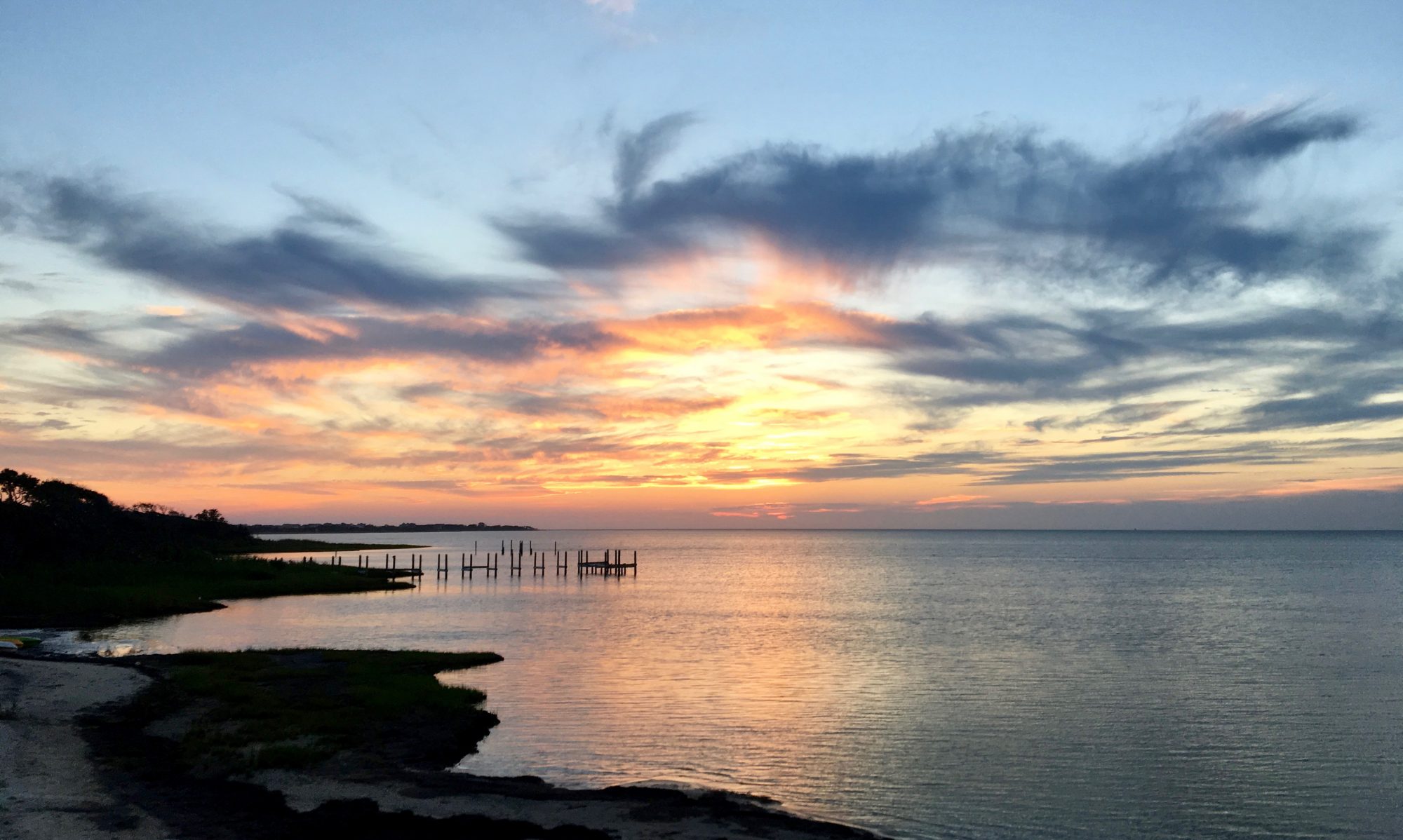

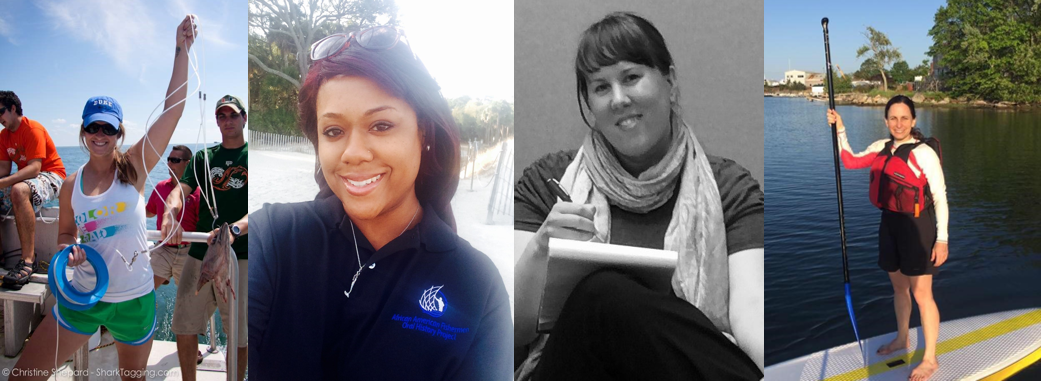
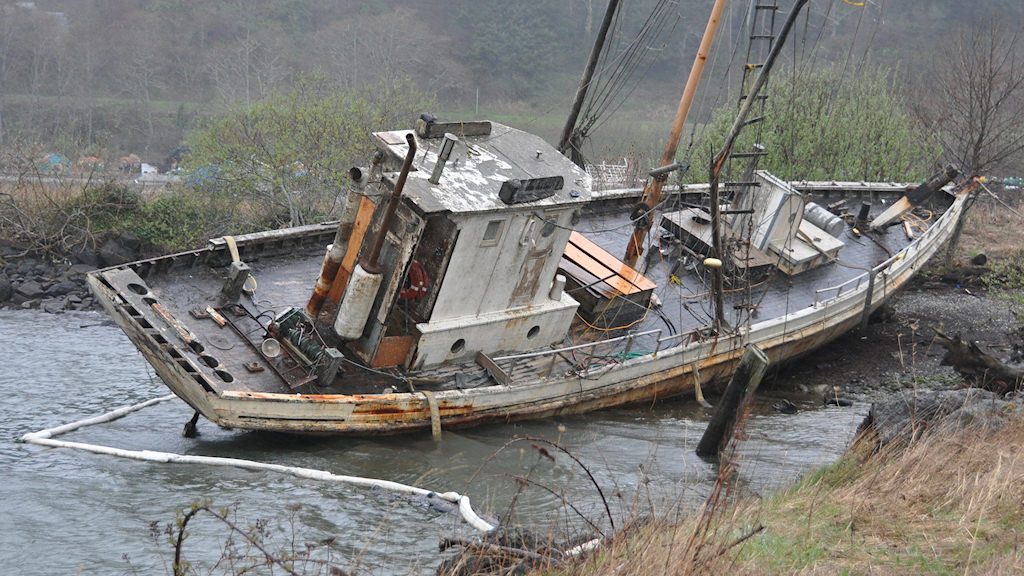




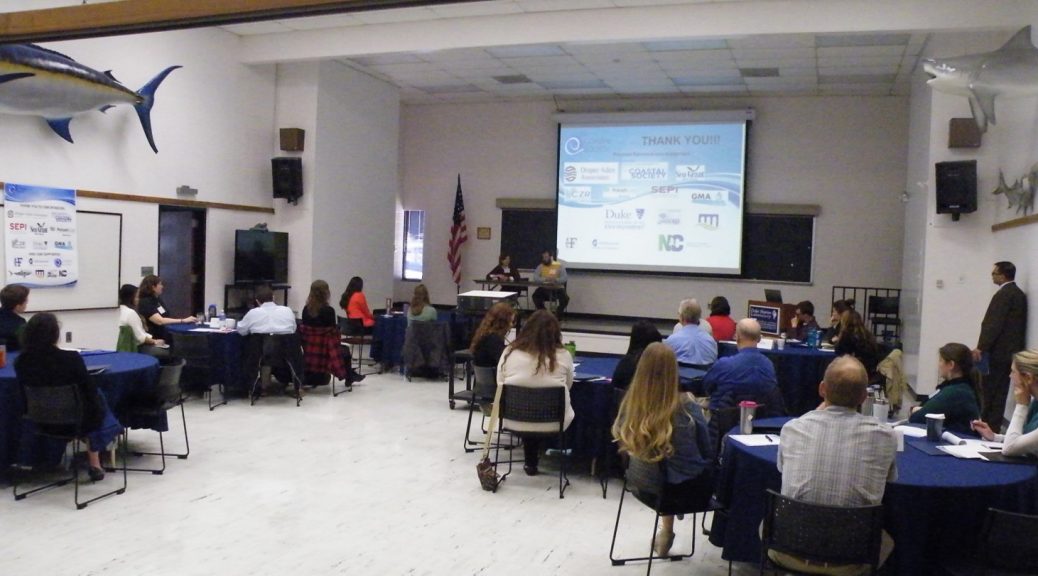







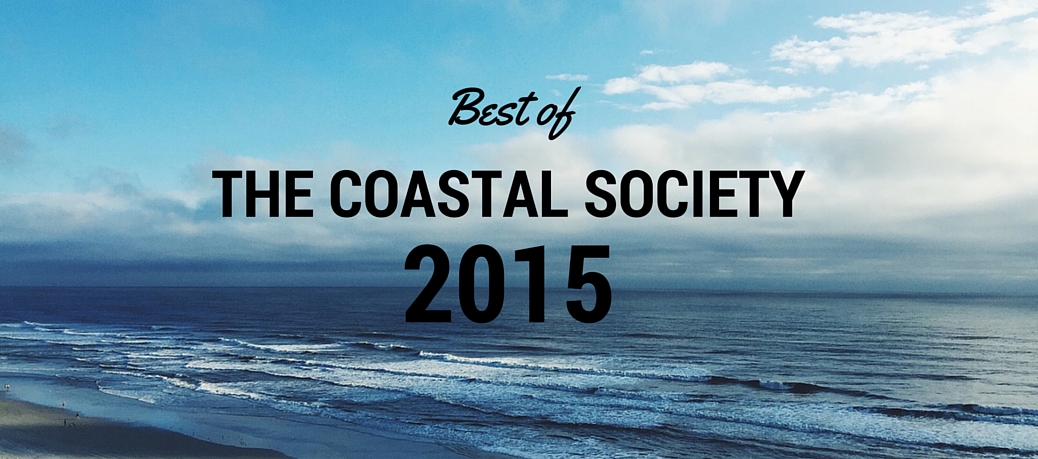









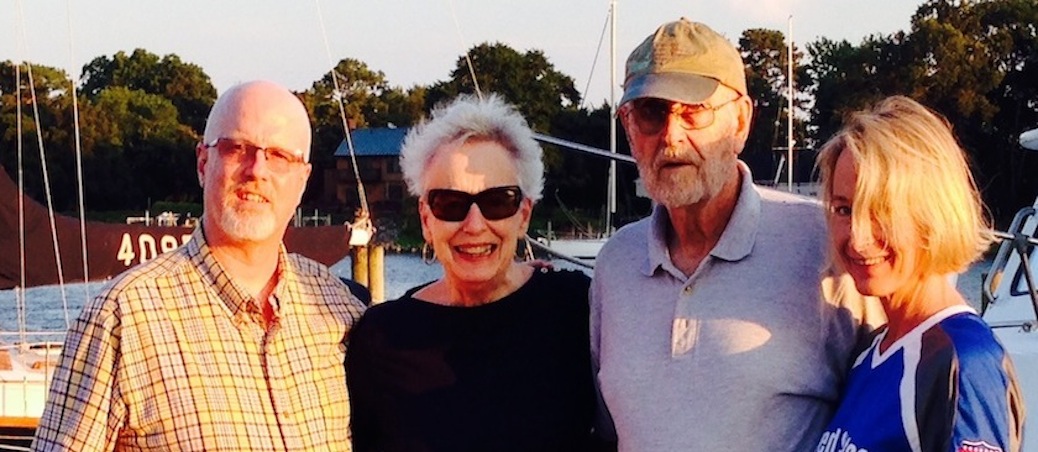



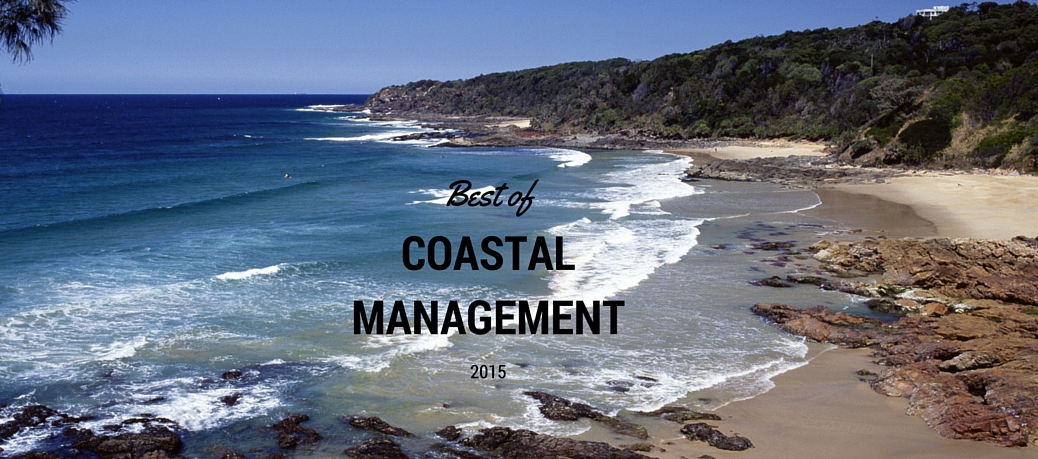















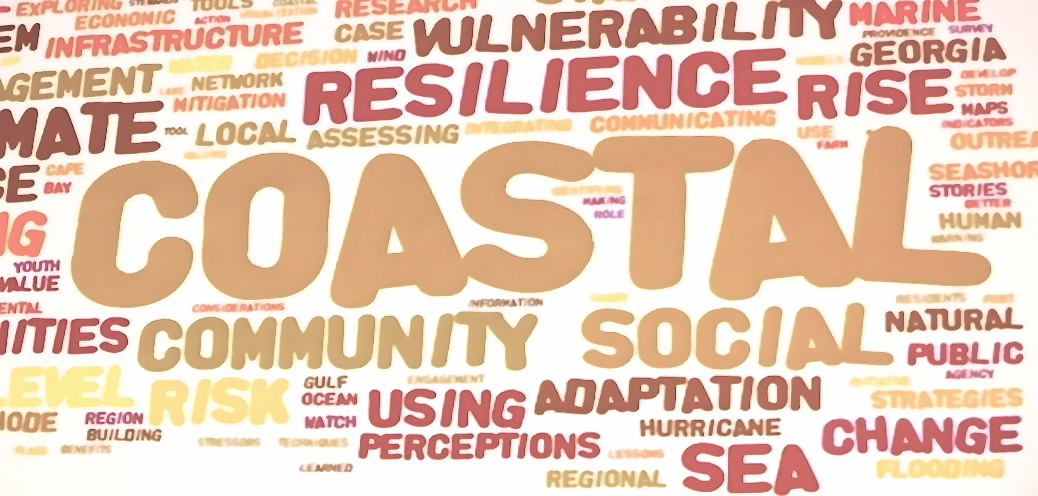




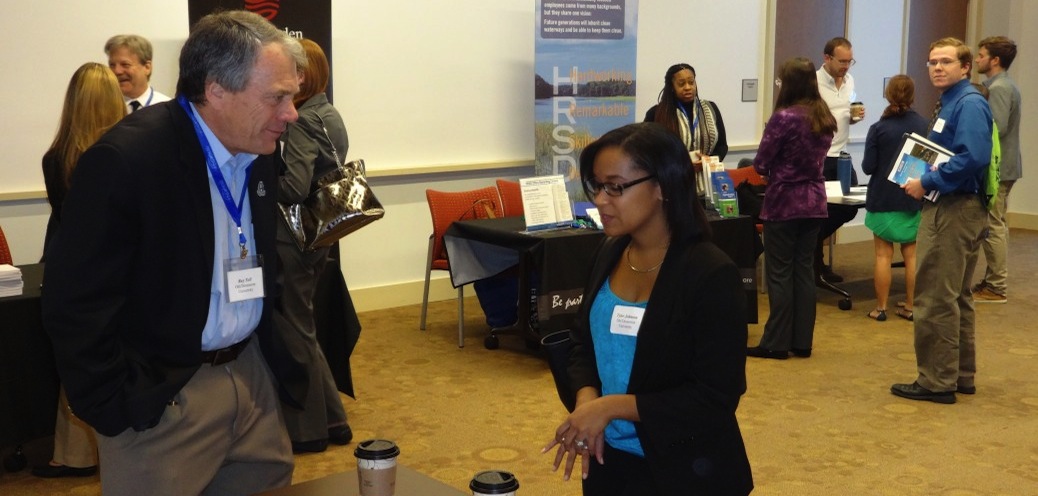






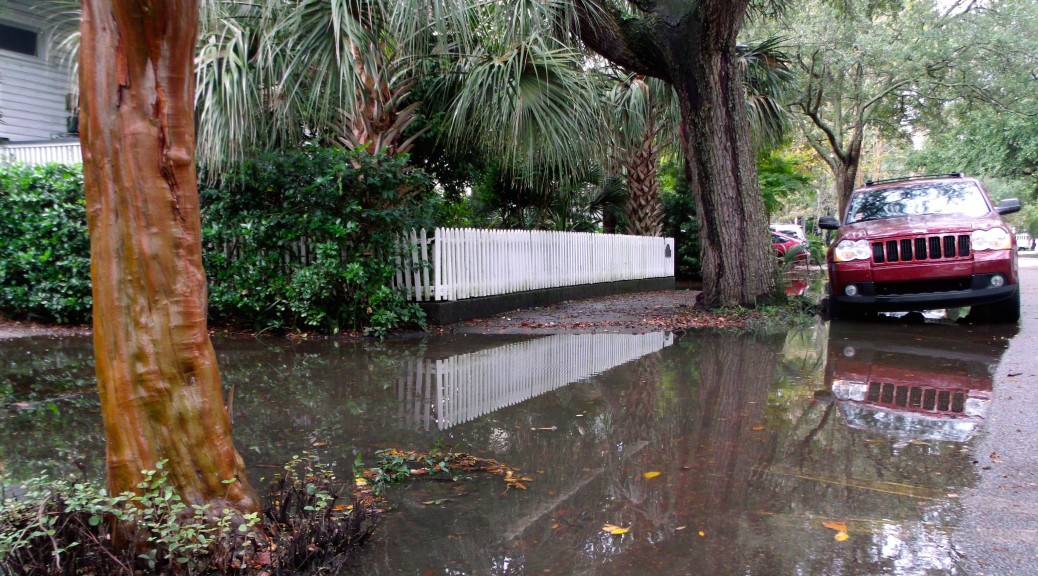


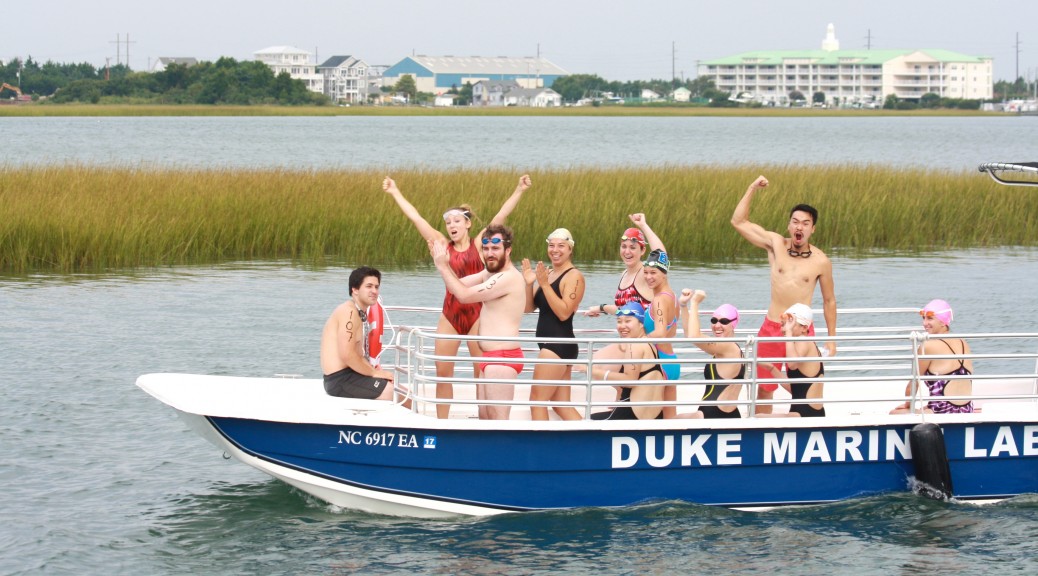
 From it’s headwaters in the Piedmont to where it flows into Pamlico Sound, the Neuse River supports a wide range of agricultural, industrial and recreational uses, and these uses have important impacts on our coastal communities and ecosystems. For over 30 years, the Neuse Riverkeeper Foundation (NRF) has worked to protect, restore, and preserve the Neuse River watershed, and Duke’s TCS chapter is proud to be a long-term partner in their work. Travis Graves, the Riverkeeper himself, recently shared his thoughts about our ongoing partnership:
From it’s headwaters in the Piedmont to where it flows into Pamlico Sound, the Neuse River supports a wide range of agricultural, industrial and recreational uses, and these uses have important impacts on our coastal communities and ecosystems. For over 30 years, the Neuse Riverkeeper Foundation (NRF) has worked to protect, restore, and preserve the Neuse River watershed, and Duke’s TCS chapter is proud to be a long-term partner in their work. Travis Graves, the Riverkeeper himself, recently shared his thoughts about our ongoing partnership:
